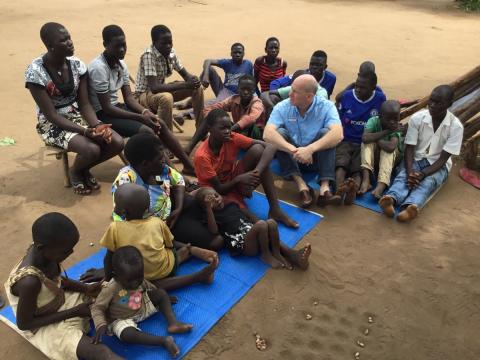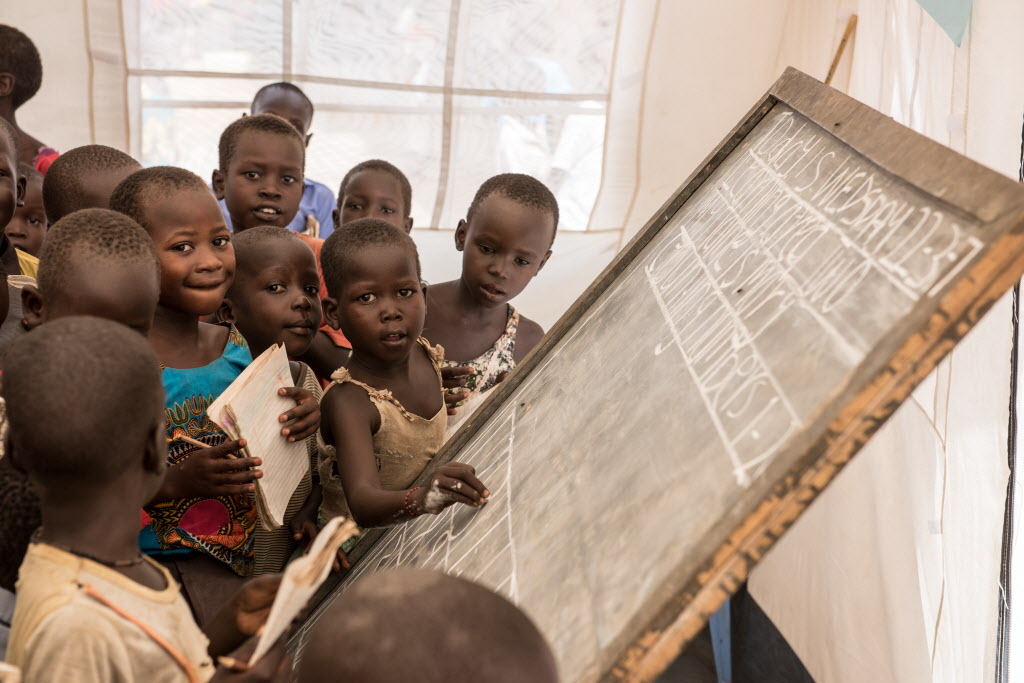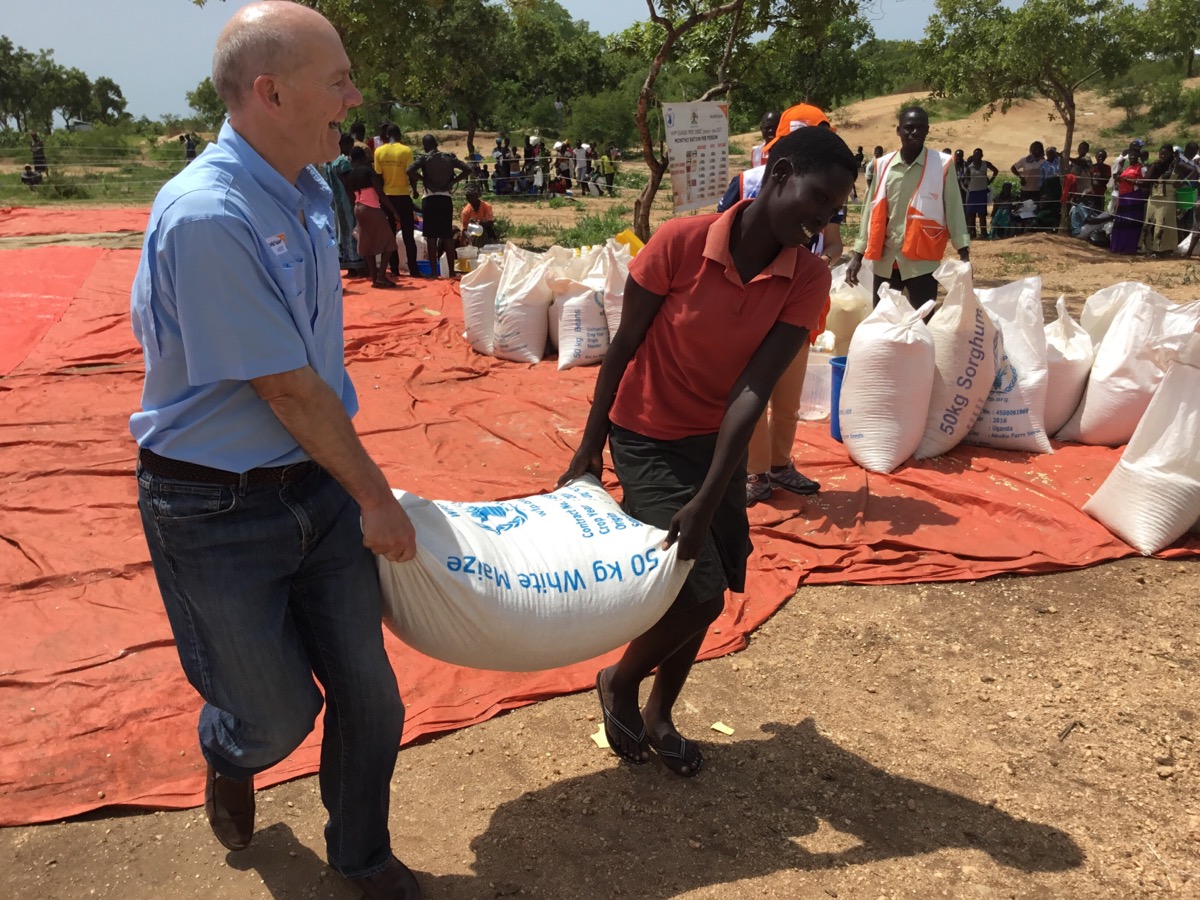World Vision President Kevin Jenkins visits refugee response in northern Uganda

“This is one of the fastest-growing humanitarian emergencies in the world, and it’s unimaginable that it isn’t higher on the news agenda. What strikes you immediately as you travel around is that this is a children’s emergency. Of the 2,000 refugees arriving each day, nearly 60% are children. The conditions in which many of them arrive are dire; it’s heart-breaking to see under-nourished, sick and exhausted children crossing the border, in many cases with no relatives”, said World Vision President Kevin Jenkins as he visited the ongoing West Nile Refugee Response declared as Category III last 8 May 2017. The category is the highest level humanitarian response for World Vision.
The category is the highest level humanitarian response for World Vision.
During the visit, Kevin Jenkins met Nuella, 17, one of the children who fled her village along with her sister Elizabeth, 15, who told him about their ordeal of being on the run for over a week and separated from their parents, not knowing if they are still alive. World Vision has helped
World Vision helped organise care for Nuella and her with a foster family. In total, the organization has helped place more than 3,000 unaccompanied children with foster families.
Nuella, along with her sister and friend, walked for over a week until they reached northern Uganda.
An average of 100 children per day, most of them separated minors, unaccompanied and children at risk, cross the border to seek refuge in the country.
Since the escalation of the conflict, the refugees fleeing South Sudan doubled from 500,000 to 1.2 million since July 2016 up to present.
A total of 26 child-friendly spaces are being led by World Vision for more than 40,000 children with activities including psycho-social support, early childhood development classes, peace building clubs and plays.
Hot meals have been served to over 350,000 new arrivals in Bidibidi and Mvepi since July 2016.
Jenkins witnessed World Vision’s food distribution in Bidibidi Settlement where the largest refugee population are located.
Approximately 7,000 people came to receive their food ration that day composed of vegetable oil, maize, beans, cereals and corn soya blend. Helping carry the sacks of maize being divided by the beneficiaries, Jenkins talked to fathers Want, 38, and Thabansilas, 25, whose families were among the few fortunate ones to have safely reached the settlement.
Jenkins added, “There are things to be thankful for. The Government of Uganda has stepped up to the crisis in a very constructive way, welcoming refugees, registering them and ensuring they are allocated some land and basic supplies to enable them to survive. The degree of coordination between the United Nations and international organisations like ours is very good. We can be sure that any support provided from around the world is going to be put to good use, quickly.”
World Vision’s food assistance, in partnership with the World Food Programme (WFP), covers the needs of 522,949 refugees in the settlement zones in Adjumani, Arua, Koboko, Moyo and Yumbe.
The response work is focused on food distribution, child protection and water, sanitation and hygiene (WASH).
World Vision has launched a US $20 million funding appeal to address the urgent life-saving essentials of the people.
Overall, World Vision’s humanitarian work benefits over 660,000 refugees in northern Uganda.

